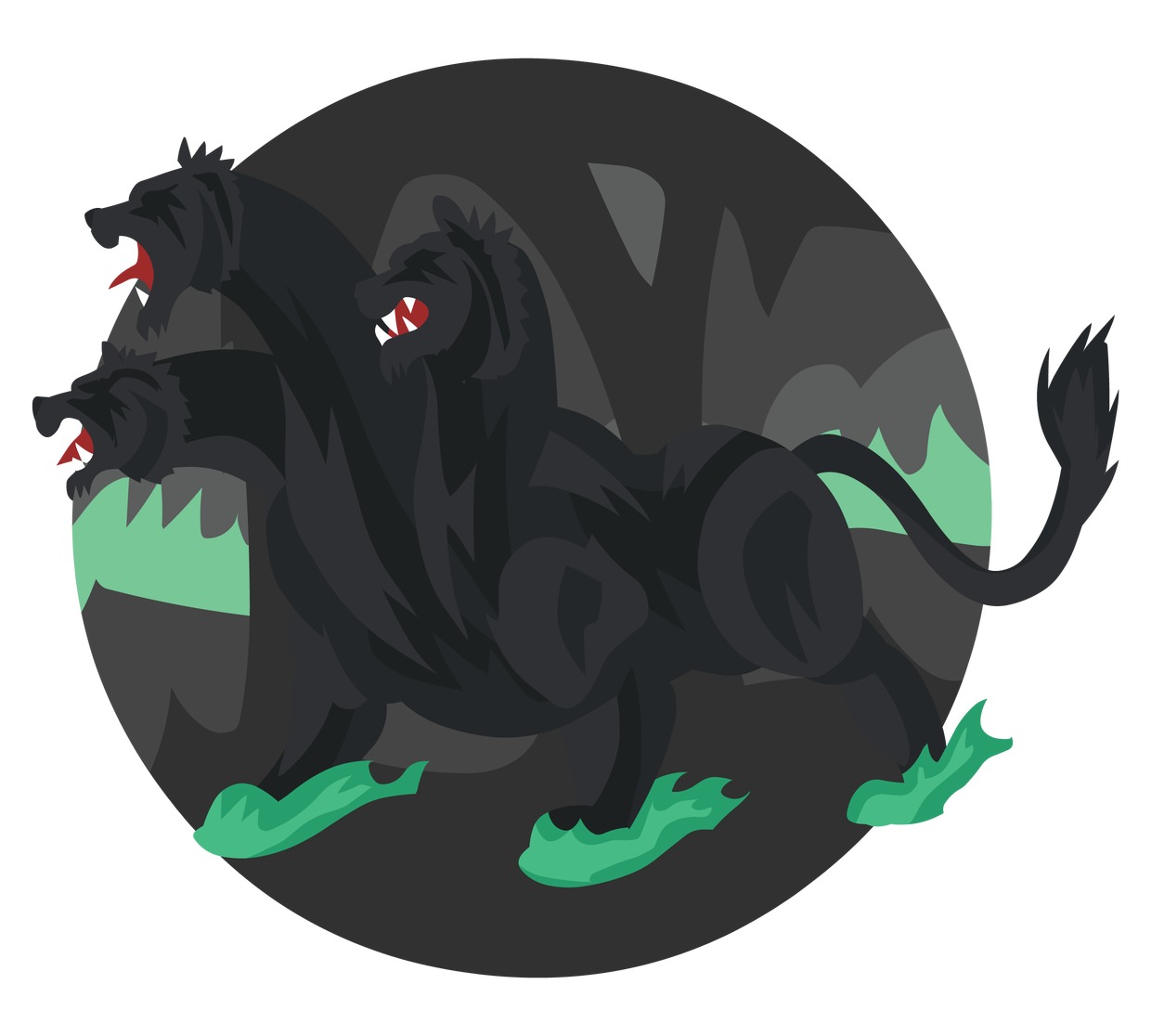The modern web is a three headed Cerberus with each head being equally important to keep the internet running. Taming this mythical beast is a job for web designers and developers but there seems to be some confusion about what these things mean. For starters, web development and web design are two different skill sets. You are not to blame if you are not savvy in the nomenclature. For the uninitiated, they might seem the same. In fact, there is some overlap when it comes to the responsibilities of both depending on the job requirements. Designers are expected to code and coders are expected to have some basic design sense. Let me take some time to run you through the exact differences between the two. 
TLDR: Web design has more to do with style, and how someone interacts with your site, while web development is an engineering task. To understand this more we need to first figure out…
What is a Website?
All modern websites are built on three fundamental technologies – HTML, CSS, and JavaScript. Depending on what you spend most of your time writing and doing, you can either be classified as a web developer or a designer.
CSS controls the look of a site. It lets you set up rules for the UI. It lets you specify what goes where. If a website was a human body, then this would be the skin, muscles, fat content and facial features, to give a loose analogy. CSS decides the aesthetics of the website.
That! Company provides captivating and effective web design services for agencies world-wide. Learn More about our White Label Web Design Services and how we can help you and your clients create or improve their web presence. Get started today!
JavaScript is the collection of internal organs of the body. It is the engine that adds functionality to the entire thing. It runs all the logic and makes the website useful. All that you understand about coding and programming is what is run in JavaScript. You don’t need to be a computer scientist per se, but you need a solid grasp of its fundamentals to be able to program a stable and efficient website. This is a hardcore engineering task.
HTML is the skeleton that holds all the internal organs and external skin together. It is a simple template language that specifies what goes where. You can make a website with just HTML, but it won’t look good and won’t have any functionality other than displaying static text. You add CSS to make it pretty and you add JavaScript to make it interactive. Let us look at how the different roles use them individually.
The Web Designer
A web designer typically works with HTML, CSS and creating art assets for the website using tools like Photoshop, Figma, sketch or other prototyping tools. 
A web designer’s job is to look at the functional requirements of the website and arrange them in a way on the web page that is aesthetically pleasing and intuitive. They are designing the user experience to be seamless and easy for the average user. They do so by using common sense and sometimes not so obvious techniques that they have learned over the years making functional user interfaces. They also must keep up with the latest design trends. They make the website a joy to use by making it look good and putting things where you expect them to be found.
The tools that they mostly use are word editors to edit the CSS and tools like photoshop for creating the assets and images that go into the website. They may also use tools like Figma to prototype and conceptualize the user interface. Sketch is another popular tool that can be used for creating design assets for a site. They spend a lot of time making decisions about things like the width of a textbox or the size of a page’s header. Most users judge a website by its first impressions. To make sure that the first impression is a positive one, designers must create thoughtful layouts and graphics that appeal to everyone.
Web designers start their work at the conception stage where they understand the requirements and categorize the functionality into logically coherent categories that make the website easy to navigate. Then they decide things like the color scheme, fonts, website dimensions, support for multiple screen sizes, logos, graphics, etc. They must design the whole look and feel of the website. They should also understand what is possible with the technology and how to present their best features in a way that makes the most sense for the user. Web designers should coordinate heavily with web developers.
The Web Developer
Web developers create and write code to add functionality to the site. If your website is doing anything that requires interaction and response, that functionality has probably been coded in JavaScript in some way. It is the engine that powers the website.
 Web developers usually work in an IDE. They use the developer tools that come with any browser to inspect variables and test logic. Web developers may work in other technologies like ASP.NET or Java too. As long as it is a web technology, web developers are required to make it work with the rest of the HTML and CSS. There is some functionality that is included in the latest versions of CSS but to maintain support with older browsers that don’t support the latest version of CSS, some functionality is still written in JavaScript. Supporting multiple newer and older browsers is one of the pain points of being a web developer.
Web developers usually work in an IDE. They use the developer tools that come with any browser to inspect variables and test logic. Web developers may work in other technologies like ASP.NET or Java too. As long as it is a web technology, web developers are required to make it work with the rest of the HTML and CSS. There is some functionality that is included in the latest versions of CSS but to maintain support with older browsers that don’t support the latest version of CSS, some functionality is still written in JavaScript. Supporting multiple newer and older browsers is one of the pain points of being a web developer.
Web developers may also have to interface with the backend of the website. Web developers are mostly concerned with the movement of data to and from the server. In order to protect the business logic, a lot of code is written by backend developers, which is a whole other skillset in itself. That data is exposed by simple APIs that the front end developer has to interface to retrieve and store data back onto the server.
When considering the rapid rate at which technology moves, web developers have to be cognizant about web security and best practices. This includes sanitizing and validating the input so that malicious factors don’t get through. They make sure the website’s functionality works for all test cases and possible scenarios. This is a difficult task that requires a sound knowledge of web technology fundamentals. Web developers also help designers at the conception stage to provide them with an idea of what is possible with the technology of the time so that the designers can provide the users an up to date experience. Together they are essential during the entire lifecycle of the product.
It is a Whole New World.
While we use the term “web developer” as a blanket term, the specific duties can be broken out into other roles like front-end or back-end developer. Much like web designers can be broken down into other jobs such as a UX or UI designer or a graphics designer. As such, the lines between web developers and designers are always blurring as newer technologies pop up that make design easier for coders while, on the other hand, some newer technologies require a bit of coding to achieve the perfect design. So, the difference between these disciplines may not be as pronounced tomorrow as it is today! Need assistance with your web design or need a web developer for your team? Give us a call 1-800-255-0396.
Authorship: Taj R.

























